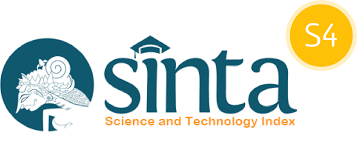Enhancing Water Sustainability with AI methods: Analysis and Prediction of Seasonal Water Quality of Nepal Using Machine Learning Approach
Prediction of Seasonal Water Quality of Nepal Using Machine Learning Approach
DOI:
https://doi.org/10.34010/injiiscom.v6i2.13396Keywords:
Machine Learning, regression, classification algorithm, catboost, MLP, MLP-GRU, LSTM-GRUAbstract
Water quality is a crucial concern worldwide, including in Nepal, where efficient monitoring is essential for safe drinking water and preventing waterborne illnesses. This study employs machine learning to analyze and forecast the seasonal water quality index (WQI) of Nepalese well water. Hybrid models with nested cross-validation were introduced, using methods like CatBoost, Decision Tree, Logistic Regression, MLP-GRU, and LSTM-GRU hybrids. Performance metrics included R², accuracy, and RMSE. CatBoost achieved the highest classification accuracy (99.35%), while the LSTM-GRU hybrid excelled in capturing complex temporal patterns. Nested cross-validation demonstrated 96.13% accuracy with low standard deviation. Additionally, SHAP analysis identified key predictive factors using the SVM model. This research highlights machine learning’s potential in predicting and managing water quality effectively

















